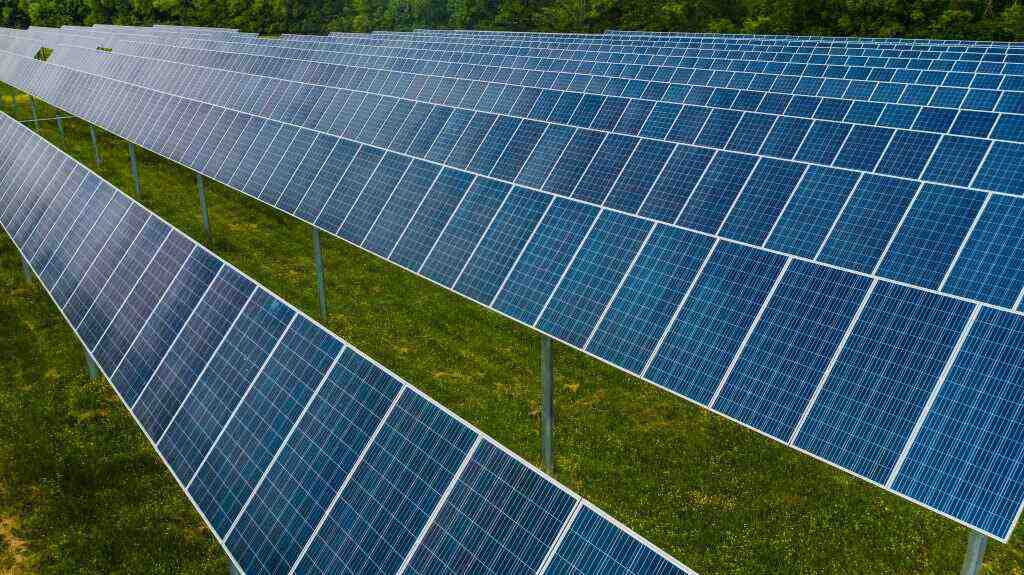Embracing the Clean Energy Revolution: Bureau of Land Management’s Vision for a Sustainable Future
In a world grappling with the consequences of climate change, the transition to clean energy sources has emerged as an imperative. The Bureau of Land Management (BLM), entrusted with the stewardship of vast public lands in the United States, stands at the forefront of this transformation, driving the nation towards a sustainable future. This comprehensive exploration delves into the BLM’s strategic framework, key initiatives, and remarkable achievements in fostering responsible renewable energy development on public lands.
BLM’s Strategic Framework: A Path to Clean Energy Leadership
The BLM’s strategic framework for clean energy development is a testament to its commitment to environmental stewardship, economic growth, and community engagement. This framework outlines a clear roadmap for responsible development of renewable energy projects on public lands, ensuring alignment with the BLM’s mission of conserving natural resources and promoting multiple uses of public lands.
Key Pillars of the BLM’s Clean Energy Strategy:
- Promoting Responsible Development: The BLM emphasizes stringent regulations, thorough environmental assessments, and collaboration with renewable energy developers to minimize environmental impacts and protect sensitive habitats.
- Encouraging Community Engagement: The BLM actively engages with local communities, stakeholders, and Tribes to gather input and address concerns, ensuring that projects align with local values, needs, and cultural sensitivities.
- Supporting Economic Growth: The BLM recognizes the economic benefits of renewable energy development, including job creation, tax revenues, and economic diversification, particularly in rural communities.
- Preserving Natural and Cultural Resources: The BLM remains committed to protecting wildlife habitats, cultural sites, and scenic vistas from potential adverse impacts of renewable energy development, striking a balance between energy development and conservation.
- Advancing Technological Innovation: The BLM encourages innovation in renewable energy technologies to enhance efficiency, reduce costs, and minimize environmental impacts, supporting research and development initiatives that drive technological advancements.
- Ensuring Public Access and Recreation: The BLM recognizes the importance of public access to public lands for recreational purposes, working to ensure that renewable energy development does not impede public access and that recreational opportunities are maintained or enhanced.
BLM’s Accomplishments in Clean Energy Development: A Legacy of Progress
Since the inception of its Clean Energy Initiative in 2009, the BLM has made significant strides in promoting renewable energy development on public lands, achieving notable milestones that underscore its commitment to a sustainable future.
Renewable Energy Approvals: Powering the Nation with Clean Energy
The BLM has approved over 100 gigawatts of renewable energy projects on public lands, a testament to its dedication to clean energy development. These projects, including solar, wind, geothermal, and hydropower facilities, contribute significantly to the nation’s energy mix, providing clean, renewable electricity to millions of homes across the country.
Economic Benefits: Fueling Rural Economies
Renewable energy development on public lands has generated billions of dollars in economic benefits, including job creation, tax revenues, and royalties to states and local governments. These projects have revitalized rural economies, creating new job opportunities and diversifying economic activity, particularly in communities that have historically relied on traditional industries.
Environmental Stewardship: Preserving Natural and Cultural Heritage
The BLM’s commitment to environmental stewardship has resulted in rigorous environmental standards that minimize the impacts of renewable energy projects on wildlife, water resources, and cultural resources. The agency has worked closely with developers to implement innovative technologies that reduce environmental impacts, ensuring that clean energy development coexists harmoniously with the natural and cultural heritage of public lands.
Community Engagement: Building Partnerships for Success
The BLM’s extensive outreach and engagement efforts have fostered strong partnerships with local communities, stakeholders, and Tribes, ensuring that renewable energy projects are developed in a manner that respects local values and needs. This participatory approach has helped address concerns, mitigate potential conflicts, and create a shared vision for a sustainable future.
BLM’s Ongoing Commitment to Clean Energy Leadership: A Vision for the Future
The BLM remains steadfast in its commitment to advancing clean energy development on public lands, recognizing its crucial role in mitigating climate change and securing a sustainable future for the nation. The agency continues to work closely with partners, stakeholders, and communities to identify and develop renewable energy opportunities that align with its mission and contribute to a clean energy future for all Americans.
Conclusion: A Brighter Future Fueled by Clean Energy
The BLM’s unwavering commitment to responsible renewable energy development on public lands is a beacon of hope in the fight against climate change. By fostering sustainable development practices, encouraging technological innovation, and preserving natural and cultural resources, the BLM is driving the nation towards a clean energy future that benefits all Americans. As the world transitions to a more sustainable energy landscape, the BLM stands as a leader, demonstrating that responsible development and environmental stewardship can coexist, creating a brighter future for generations to come.
